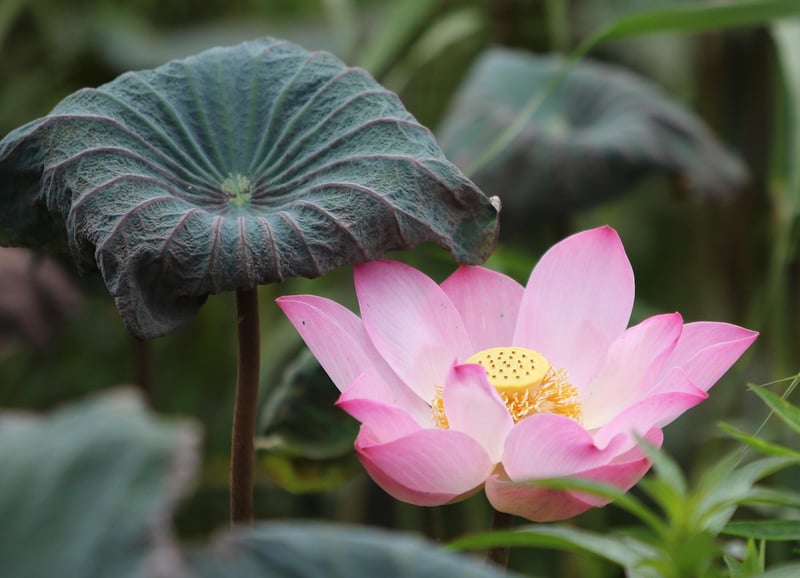Pranayama techniques
Techniques to Regulate Breath and Pranayama Techniques
Regulating your breath is an essential aspect of maintaining physical and mental well-being. By practicing specific techniques, you can improve your lung capacity, reduce stress, and enhance your overall health. In this article, we will explore some effective methods to regulate your breath and introduce you to the ancient practice of Pranayama.
1. Deep Breathing
One of the simplest yet most effective ways to regulate your breath is deep breathing. Find a comfortable position, inhale deeply through your nose, expanding your abdomen, and then exhale slowly through your mouth. Repeat this process several times, focusing on the rhythm of your breath. Deep breathing can help calm your mind and reduce anxiety.
2. Box Breathing
Box breathing is a technique used by many to manage stress and improve concentration. Start by inhaling for a count of four, holding your breath for four counts, exhaling for four counts, and then holding your breath again for four counts. Repeat this pattern several times, allowing yourself to relax and center your thoughts.
3. Alternate Nostril Breathing (Nadi Shodhana)
Nadi Shodhana, also known as alternate nostril breathing, is a Pranayama technique that helps balance the left and right hemispheres of the brain. To practice this technique, sit comfortably, use your right thumb to close your right nostril, inhale through your left nostril, then close your left nostril with your ring finger and exhale through your right nostril. Repeat this process, alternating nostrils. Nadi Shodhana can promote mental clarity and reduce stress.
4. Kapalabhati Breathing
Kapalabhati is another Pranayama technique that involves rapid, forceful exhalations followed by passive inhalations. Sit with your spine straight, exhale forcefully through your nose by contracting your abdominal muscles, and then allow your lungs to naturally refill with air. Practice this breathing exercise for a few minutes to increase your lung capacity and energize your body.
5. Ujjayi Breathing
Ujjayi breathing, often used in yoga, involves breathing in and out through your nose while slightly constricting the back of your throat. This technique creates a gentle sound resembling ocean waves. Ujjayi breathing can help you stay focused during meditation and yoga practices, as well as improve your lung function.

By incorporating these breath regulation techniques and Pranayama practices into your daily routine, you can experience a profound impact on your physical and mental well-being. Remember to start slowly, listen to your body, and gradually increase the duration and intensity of your breathing exercises. Embrace the power of your breath to cultivate a sense of calm and vitality in your life.
